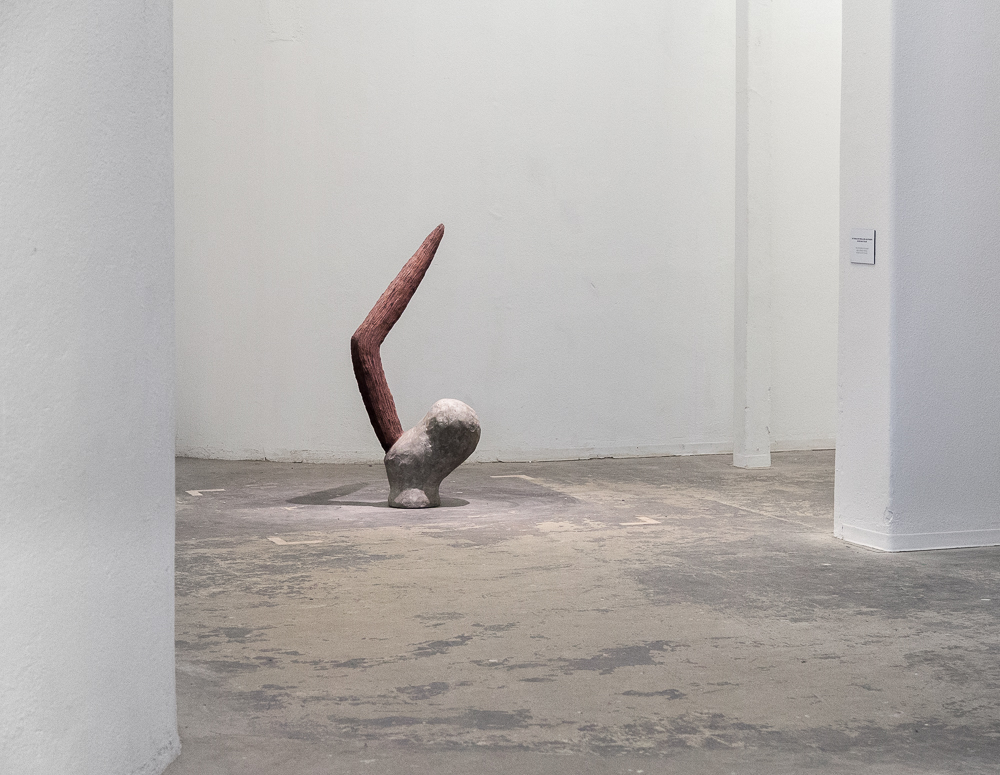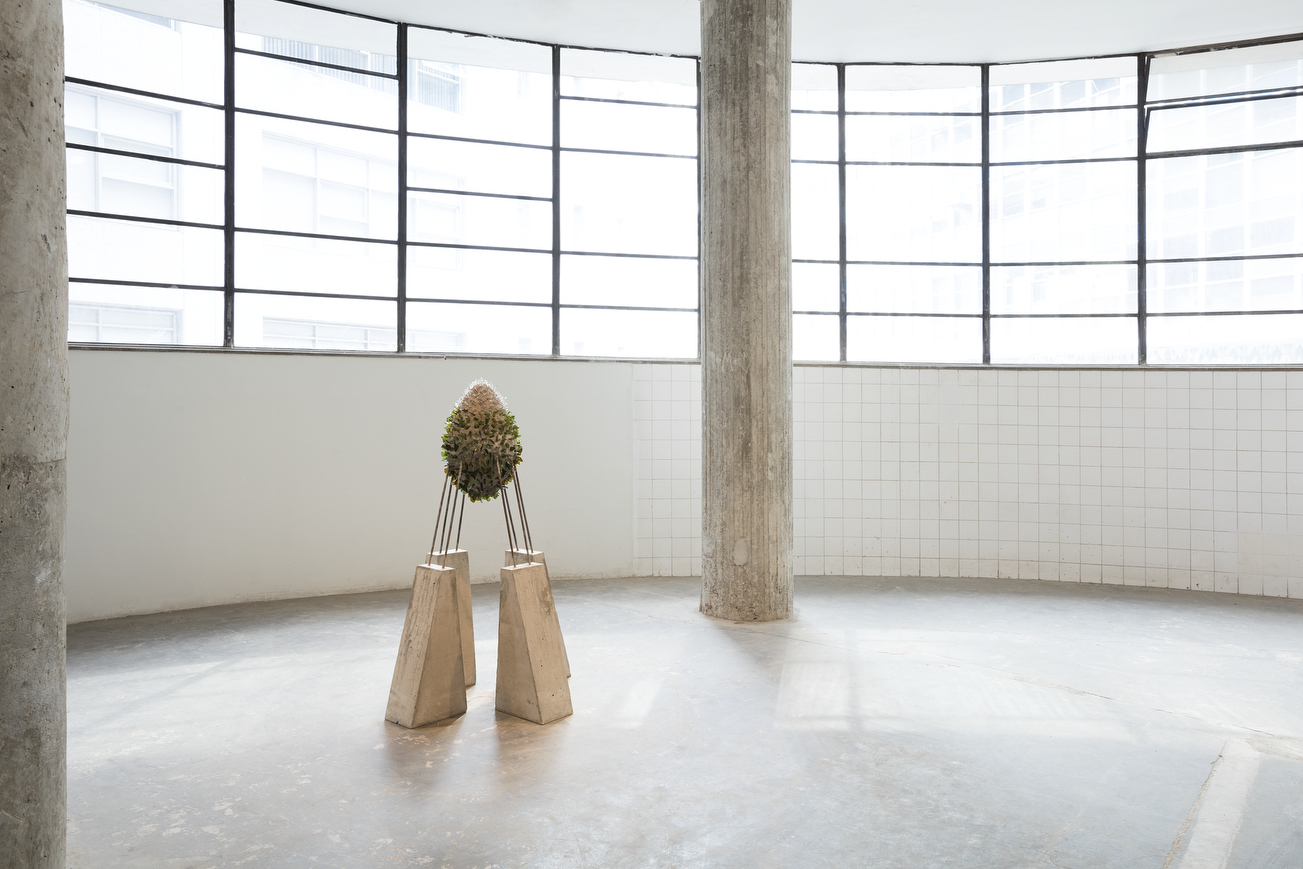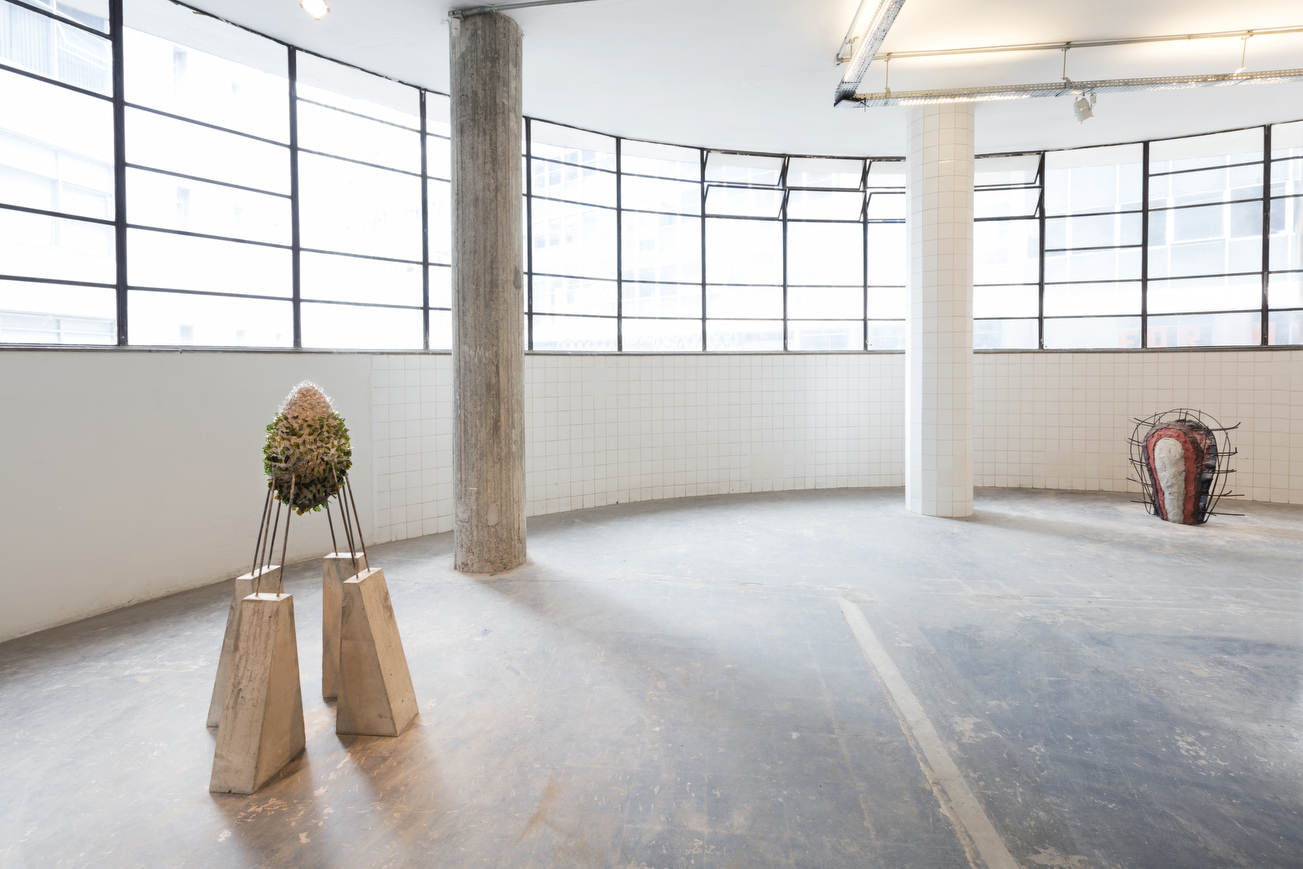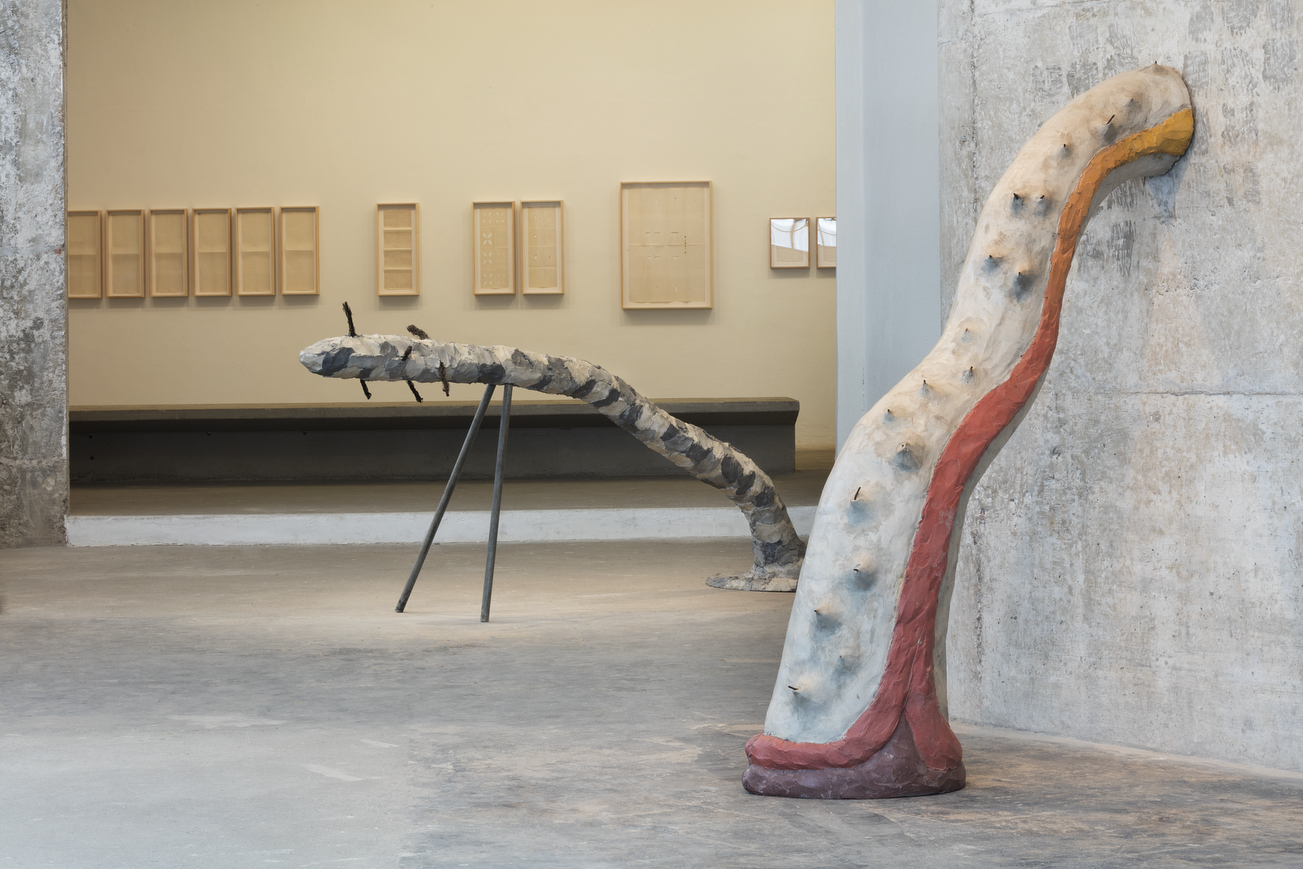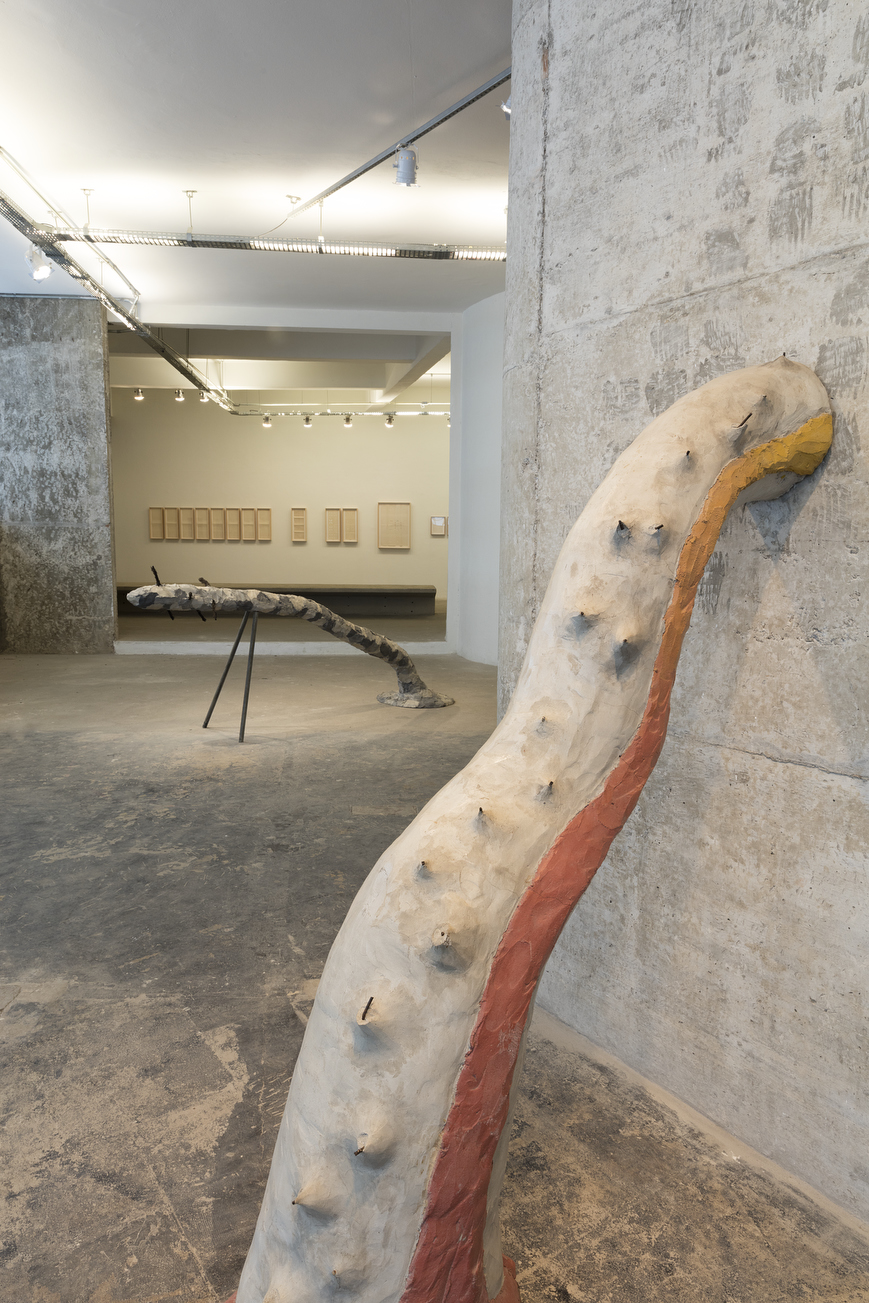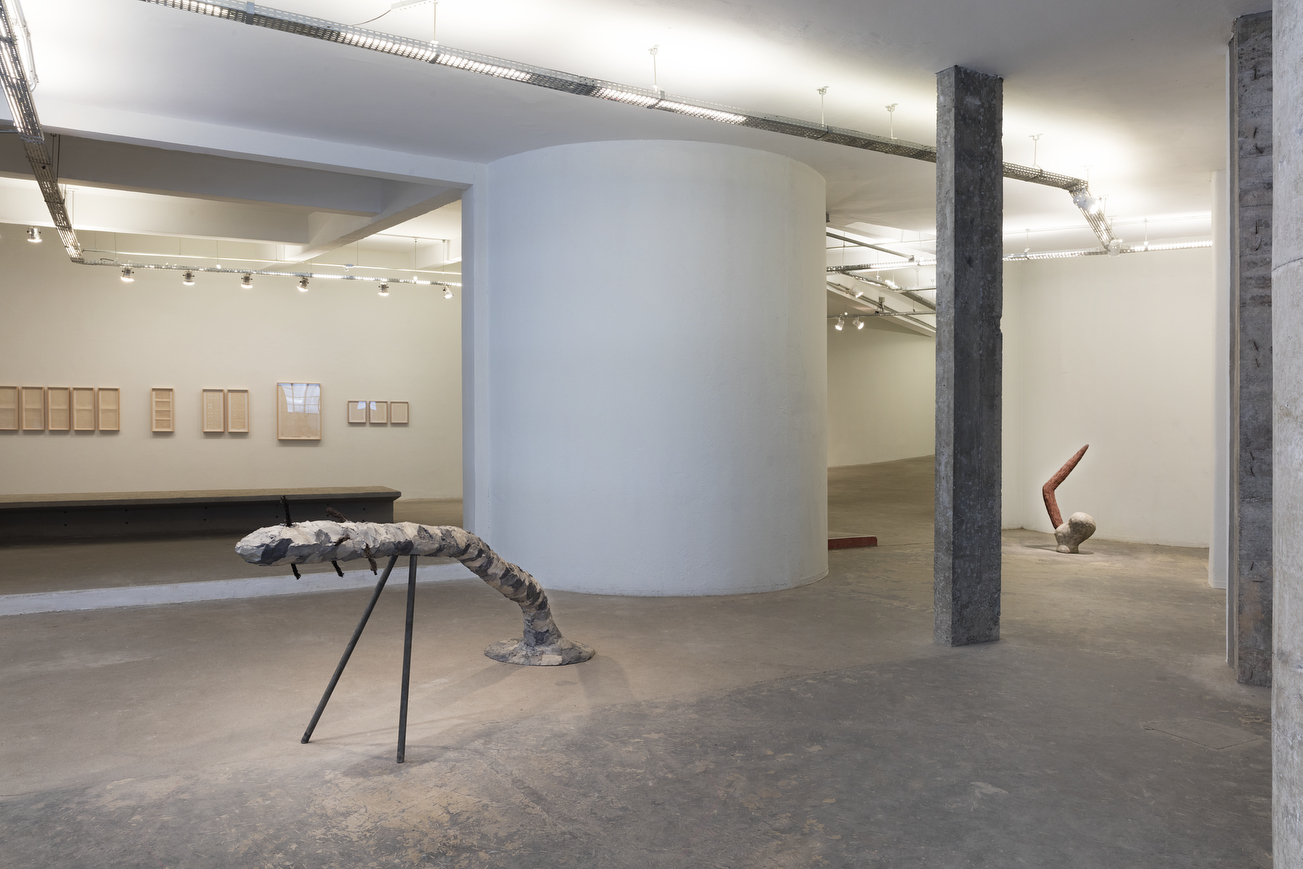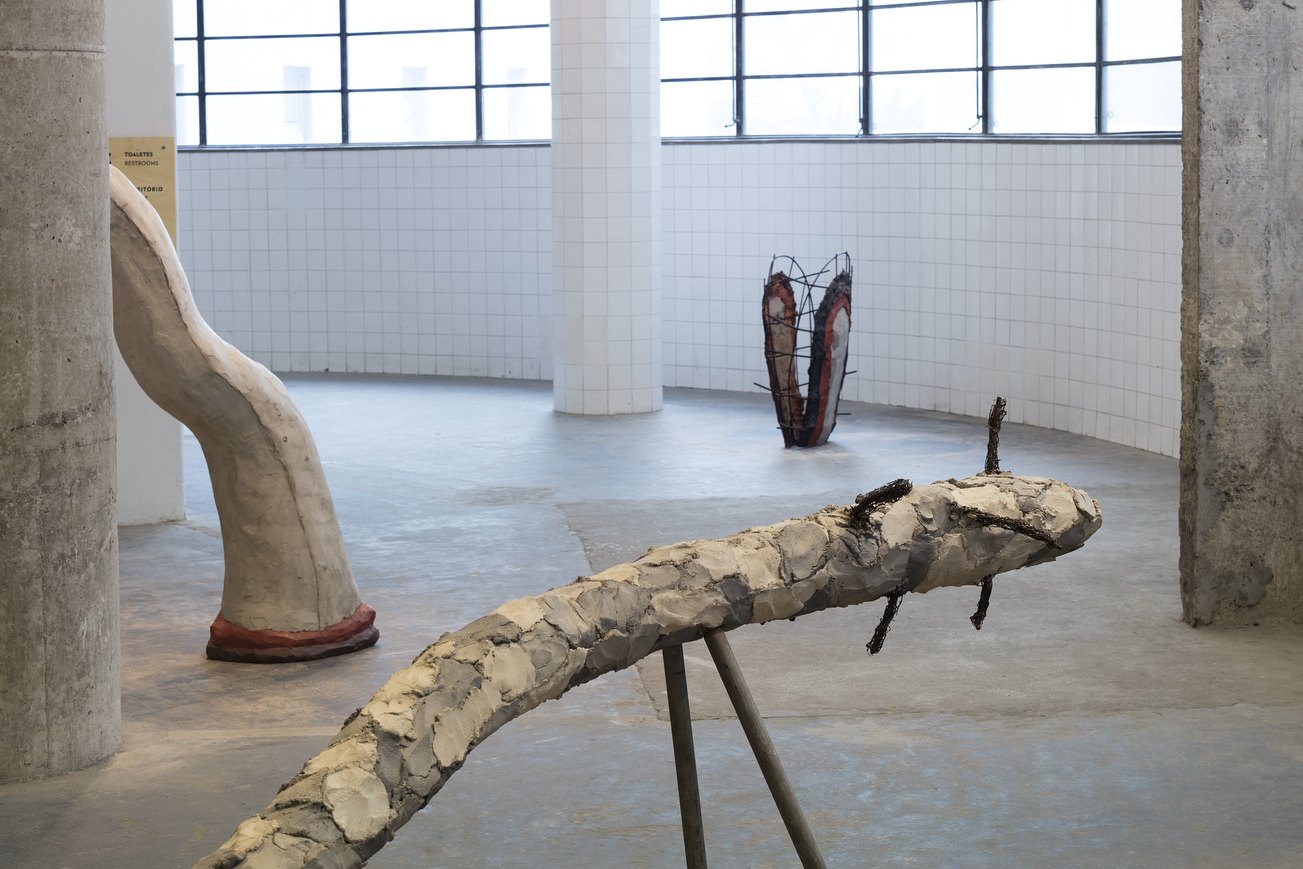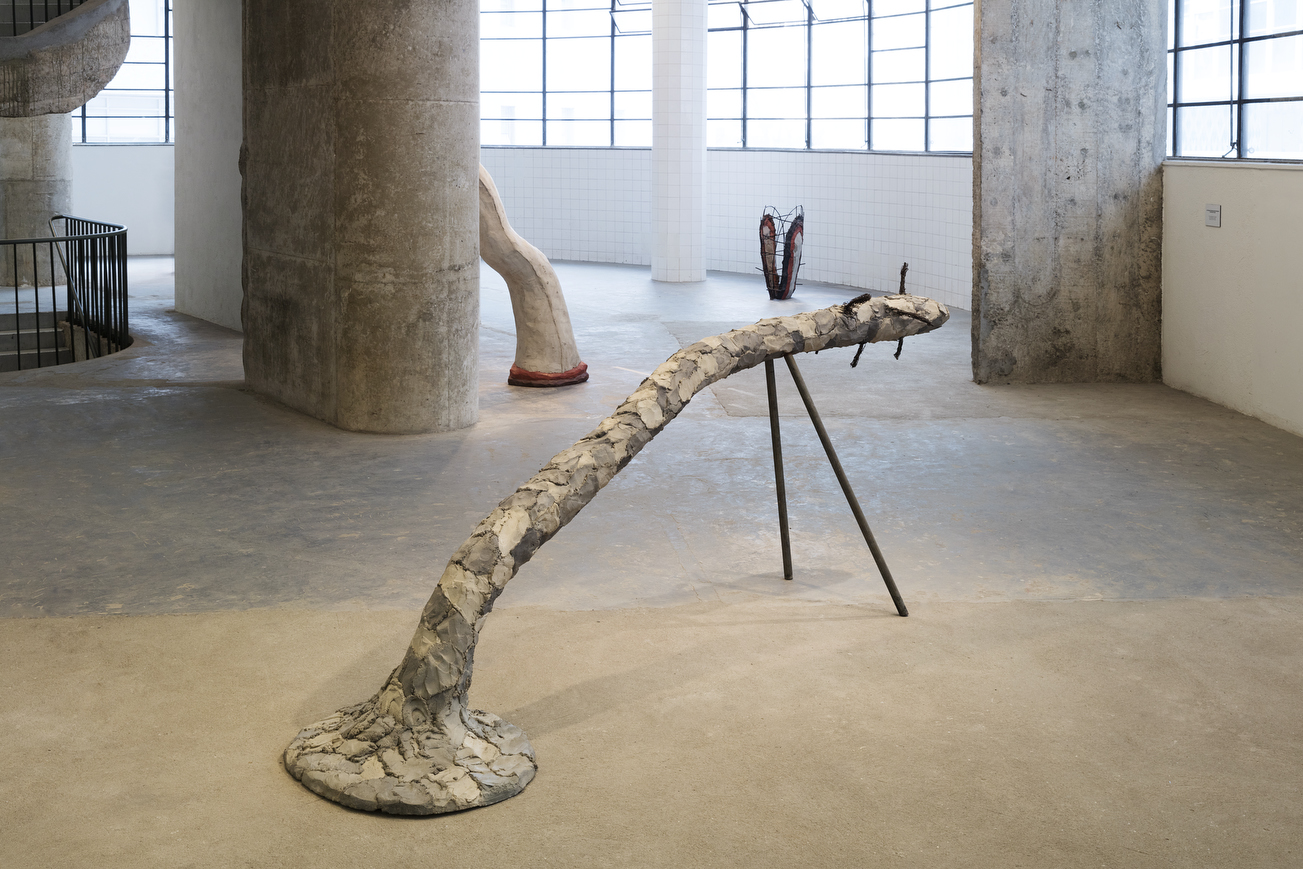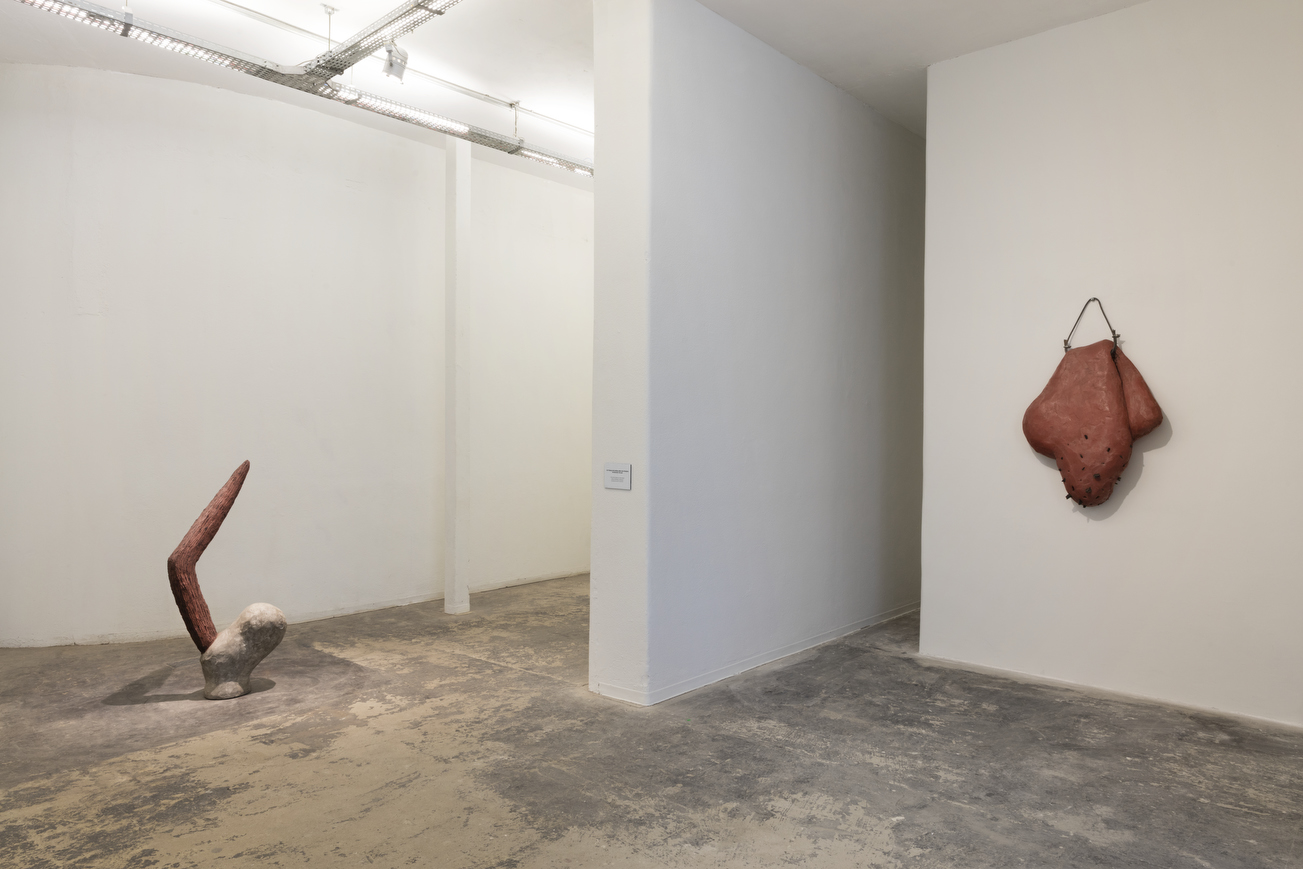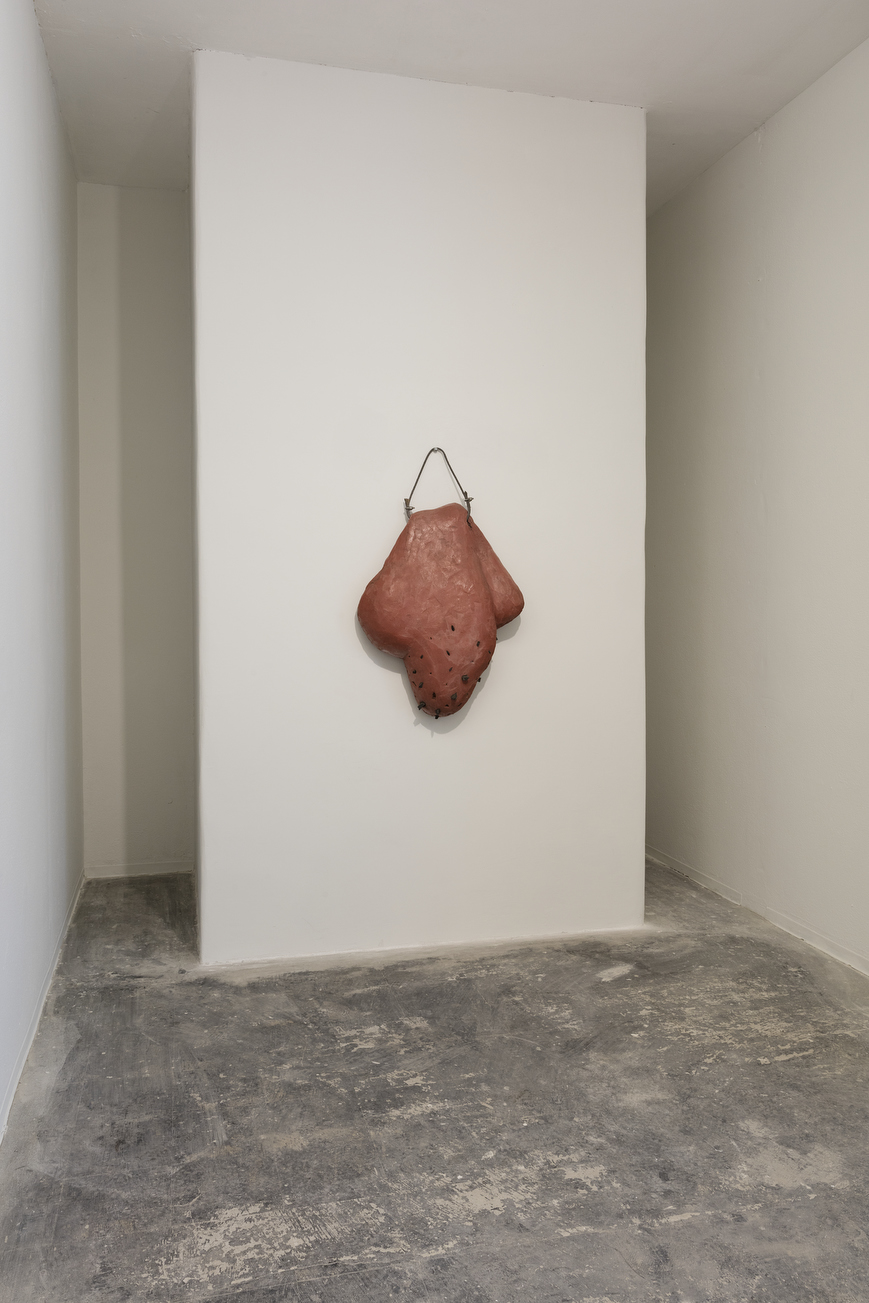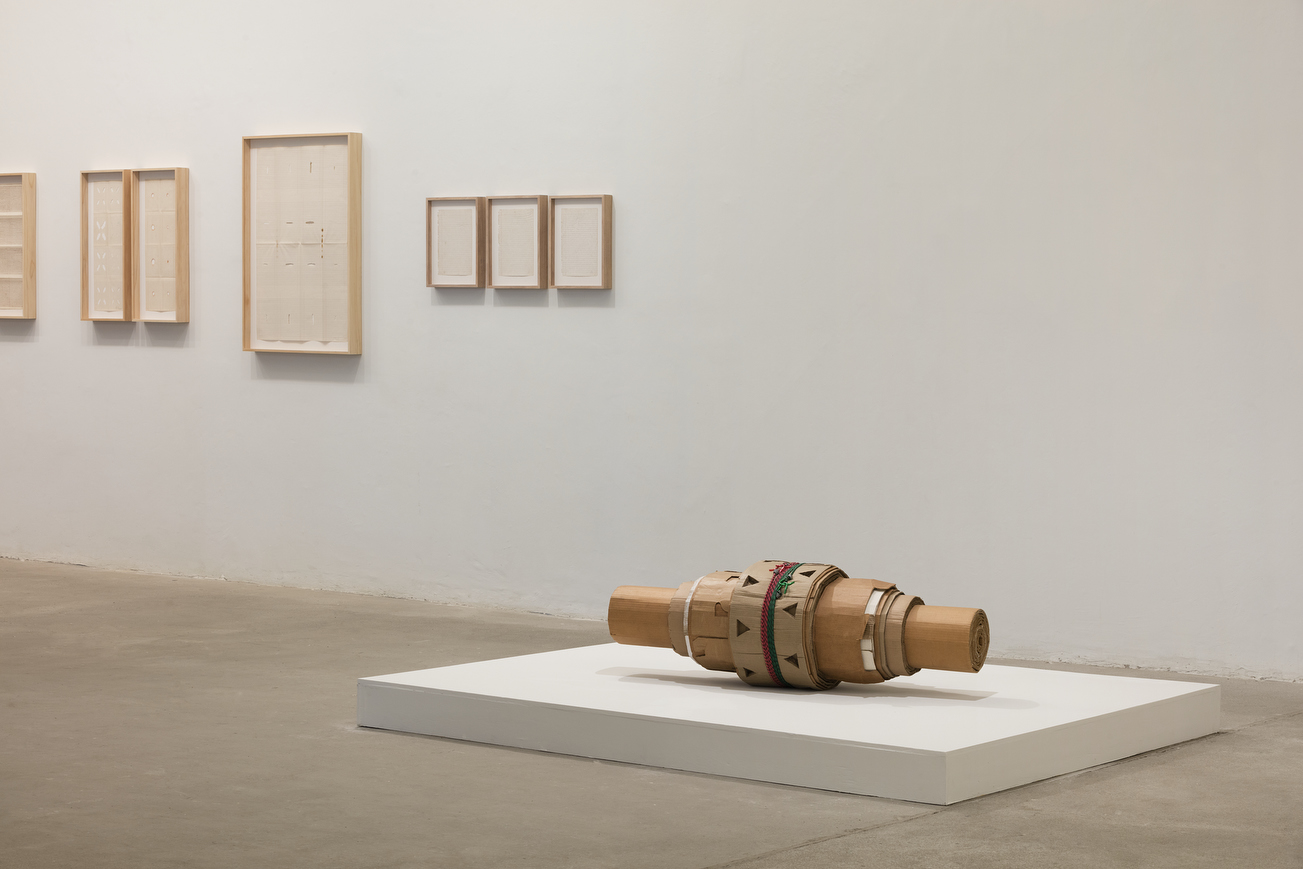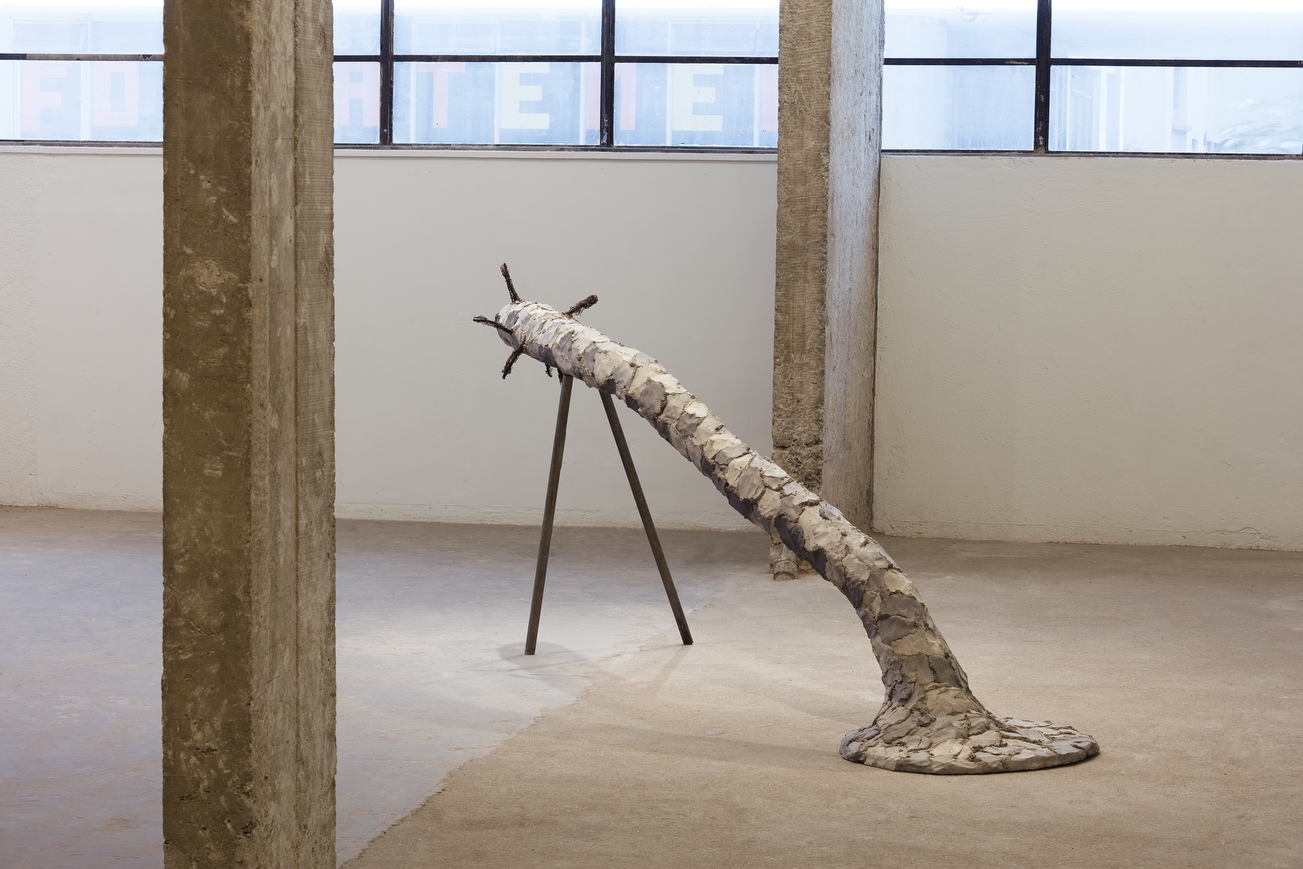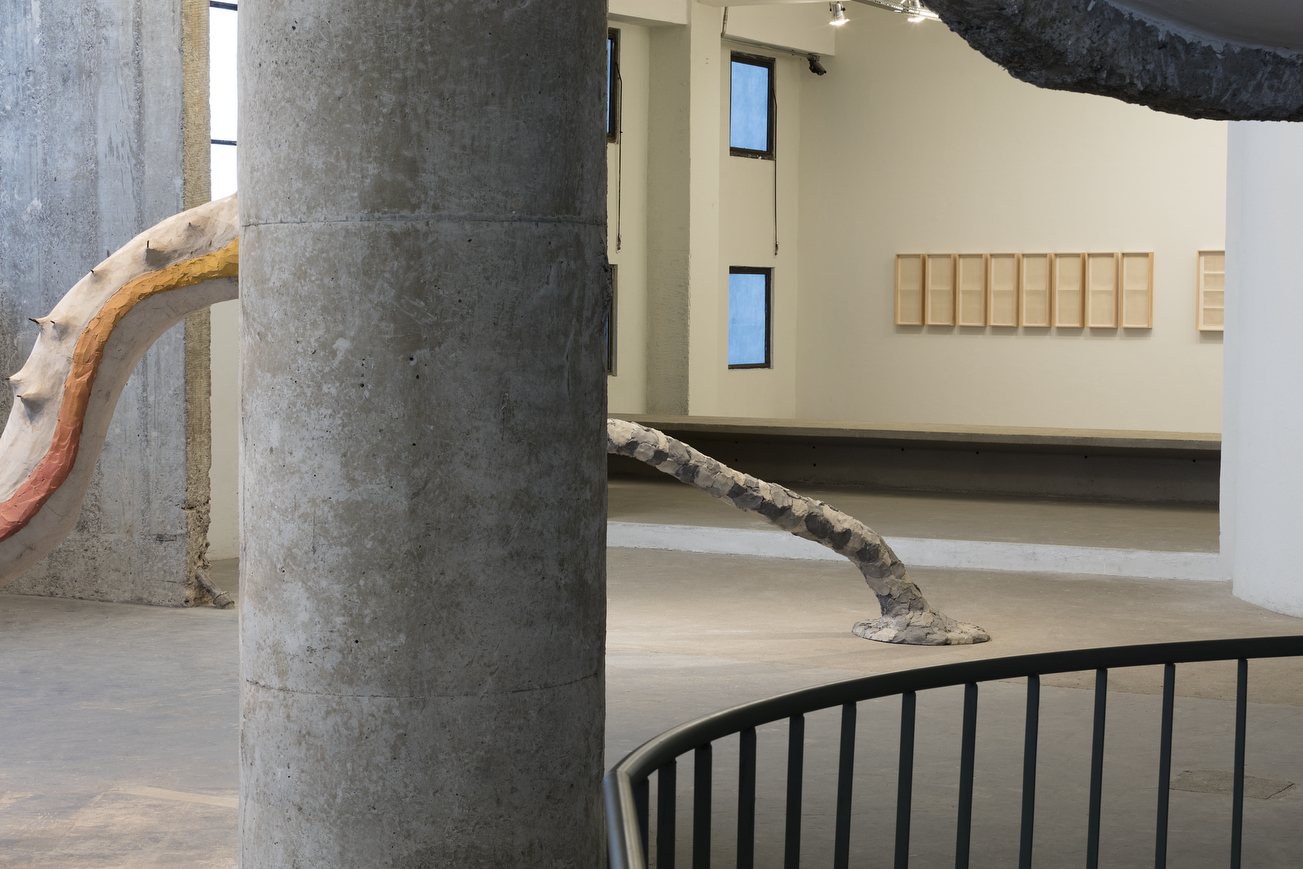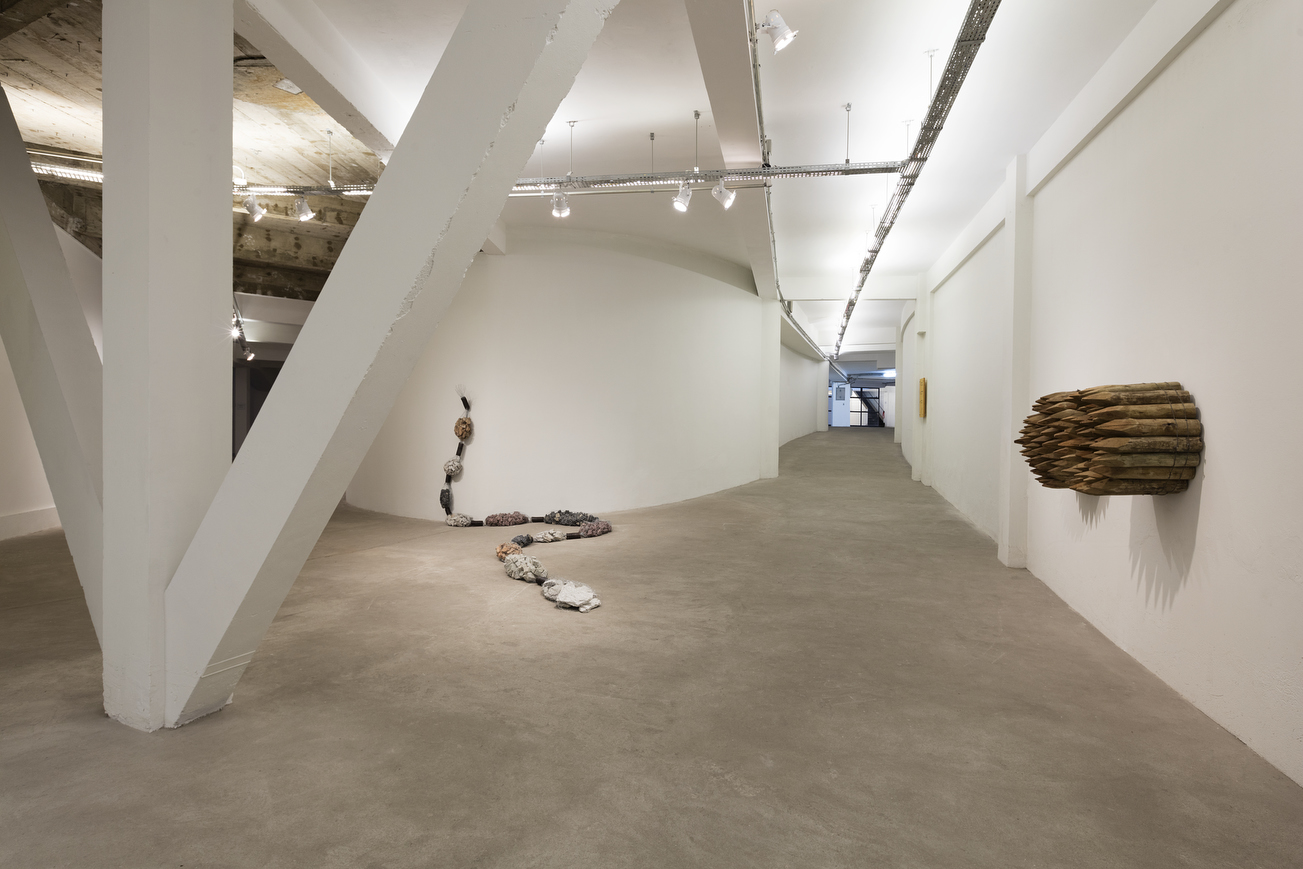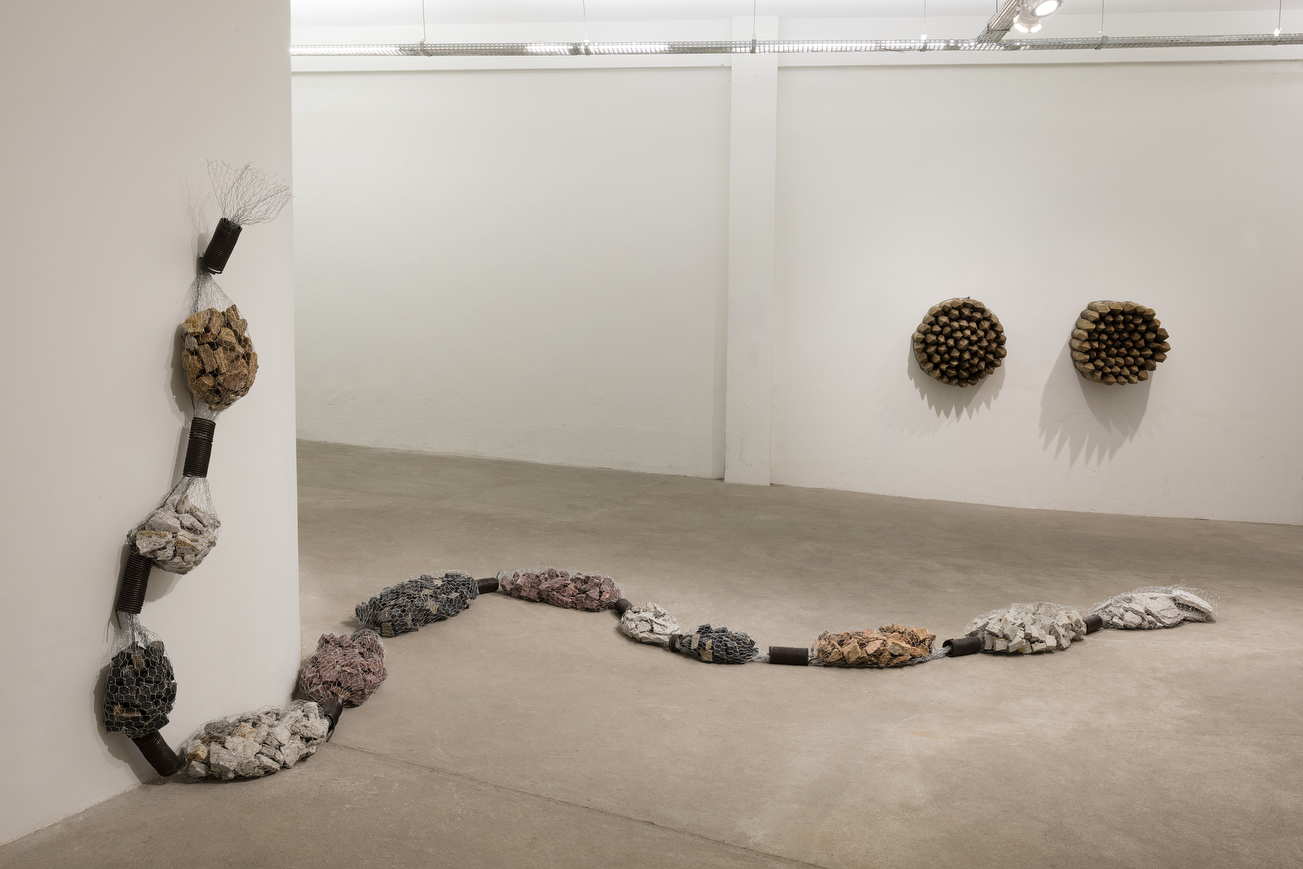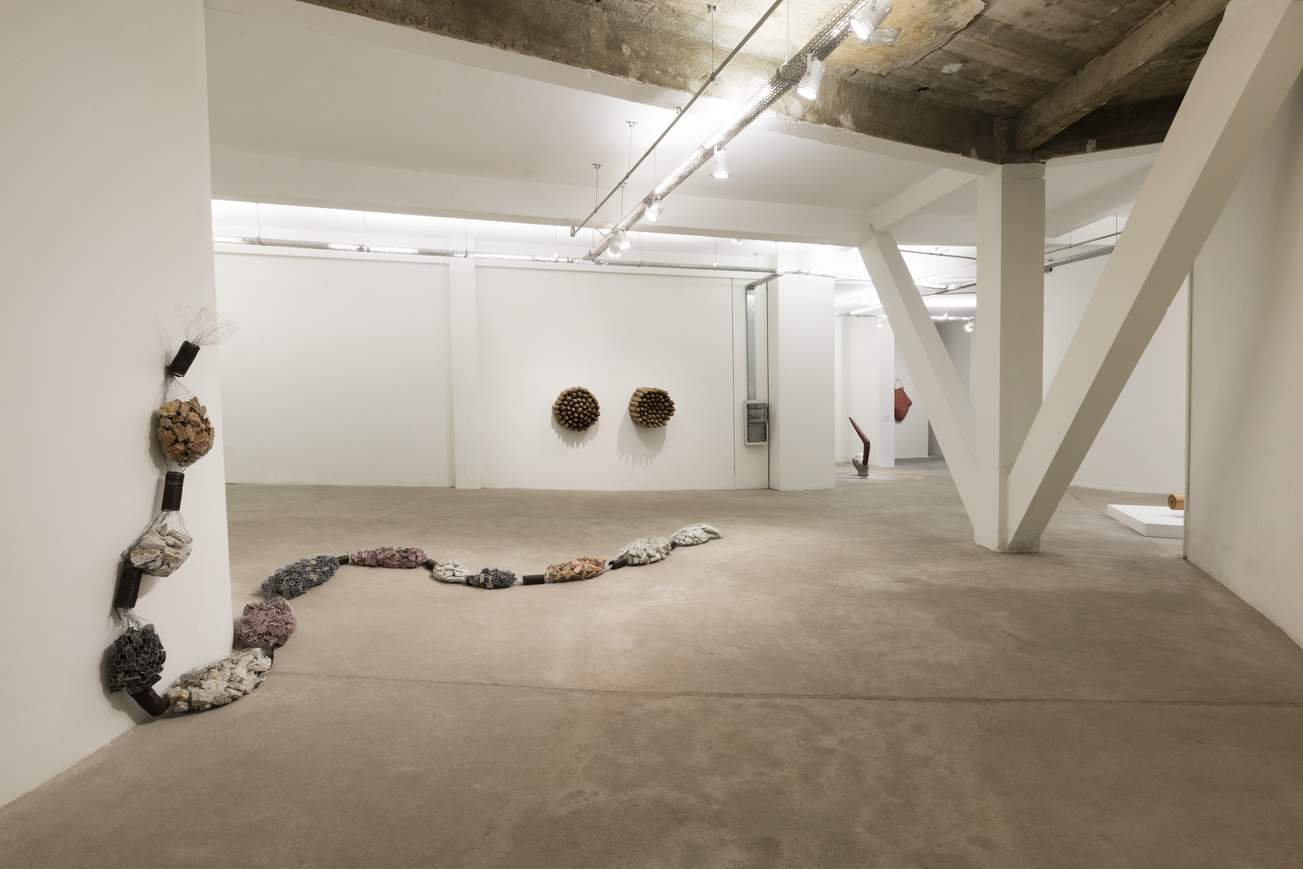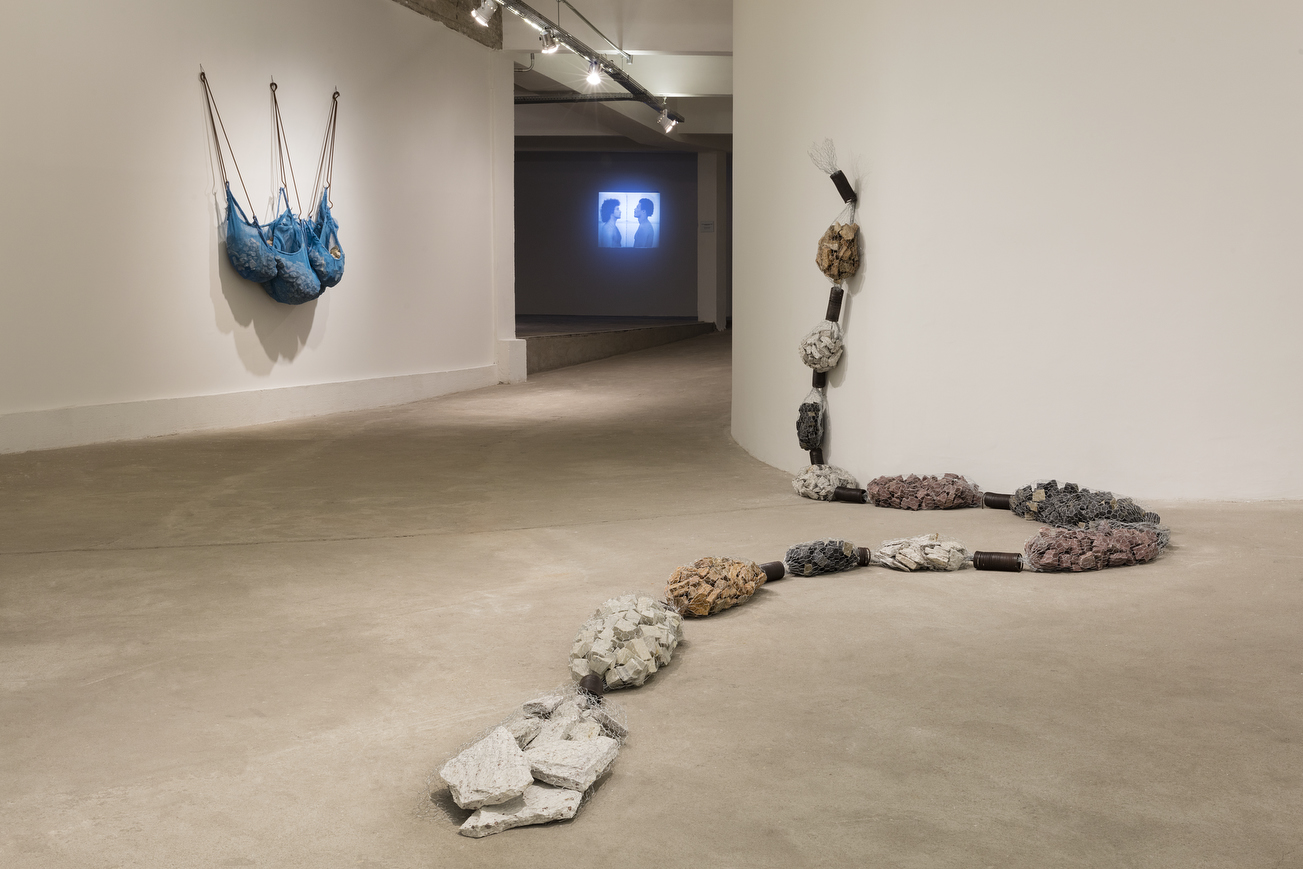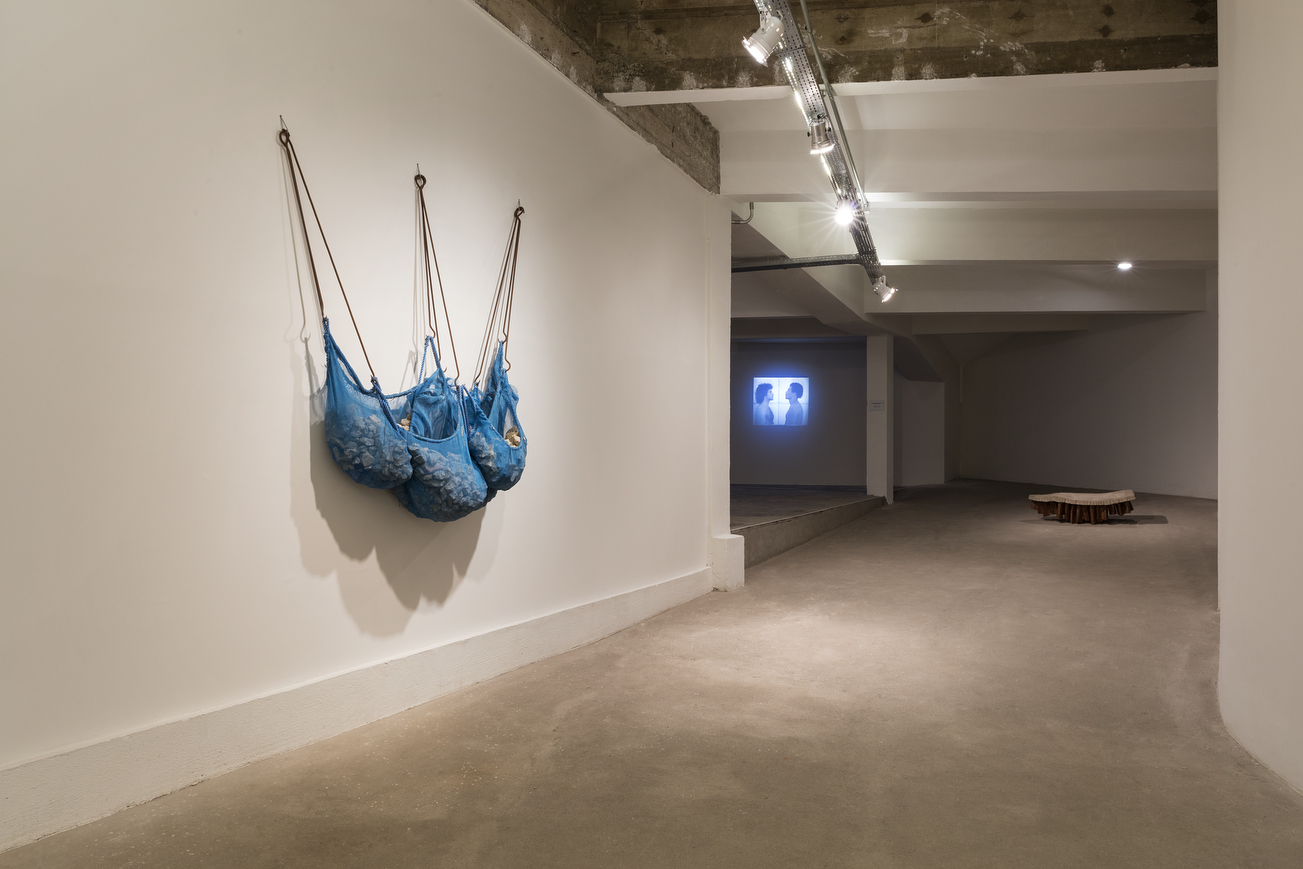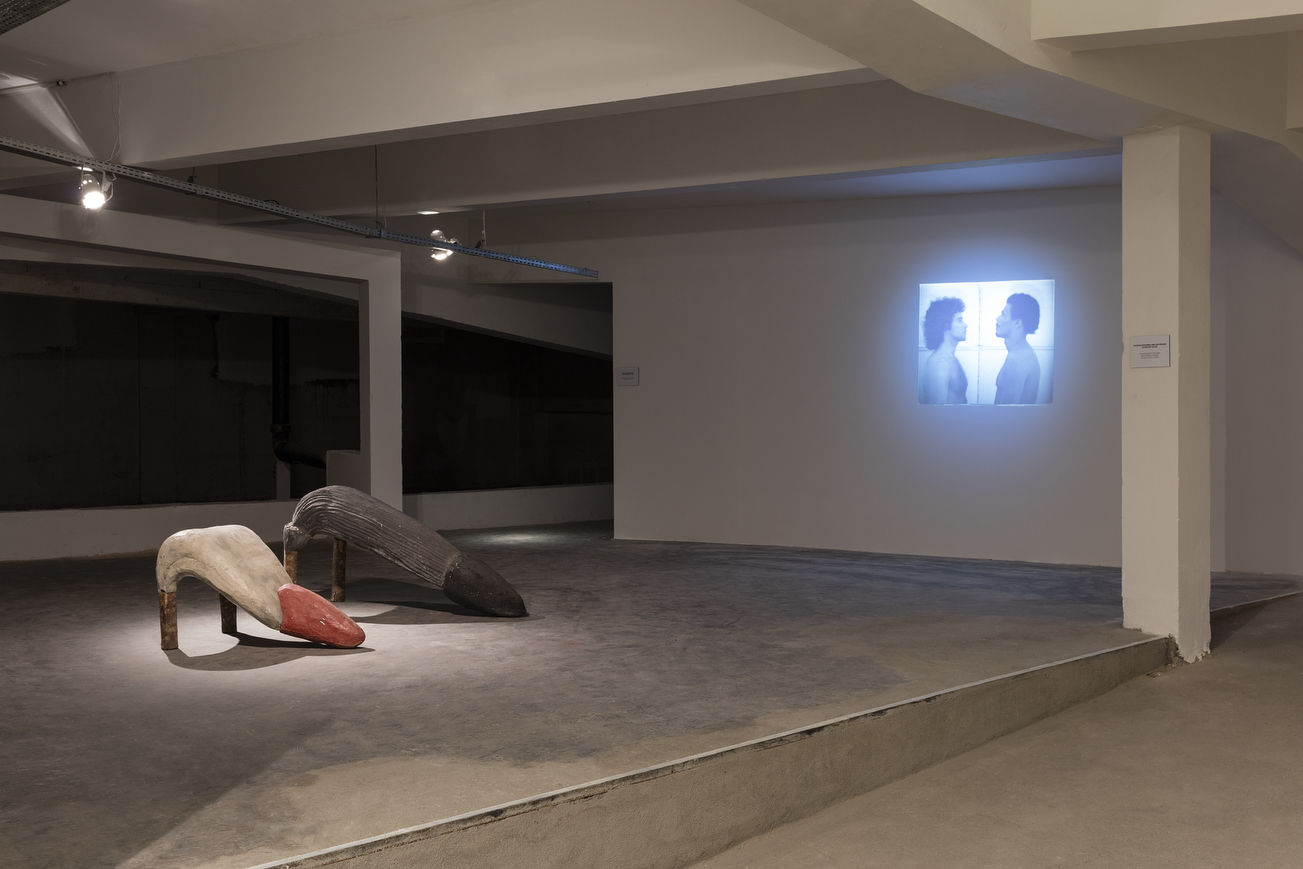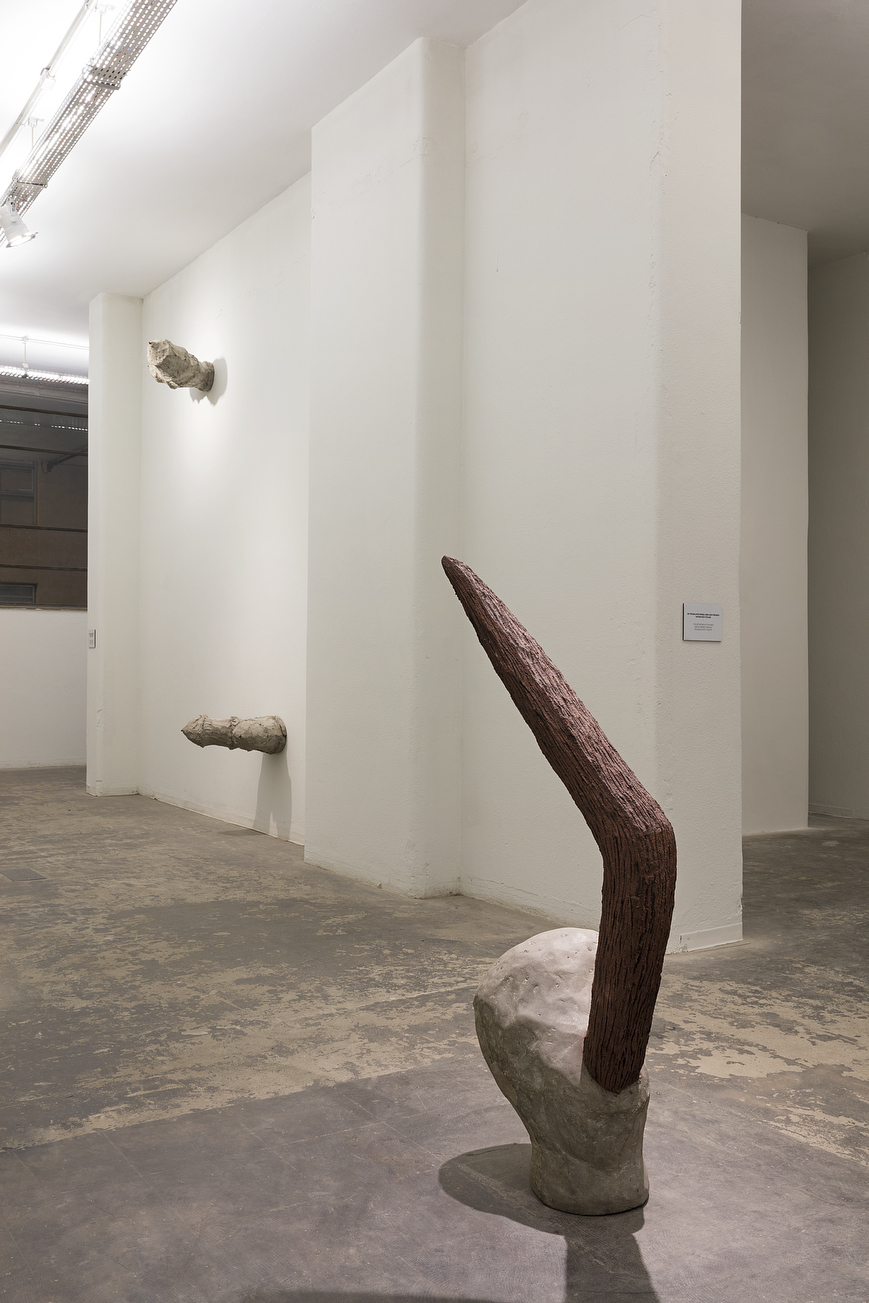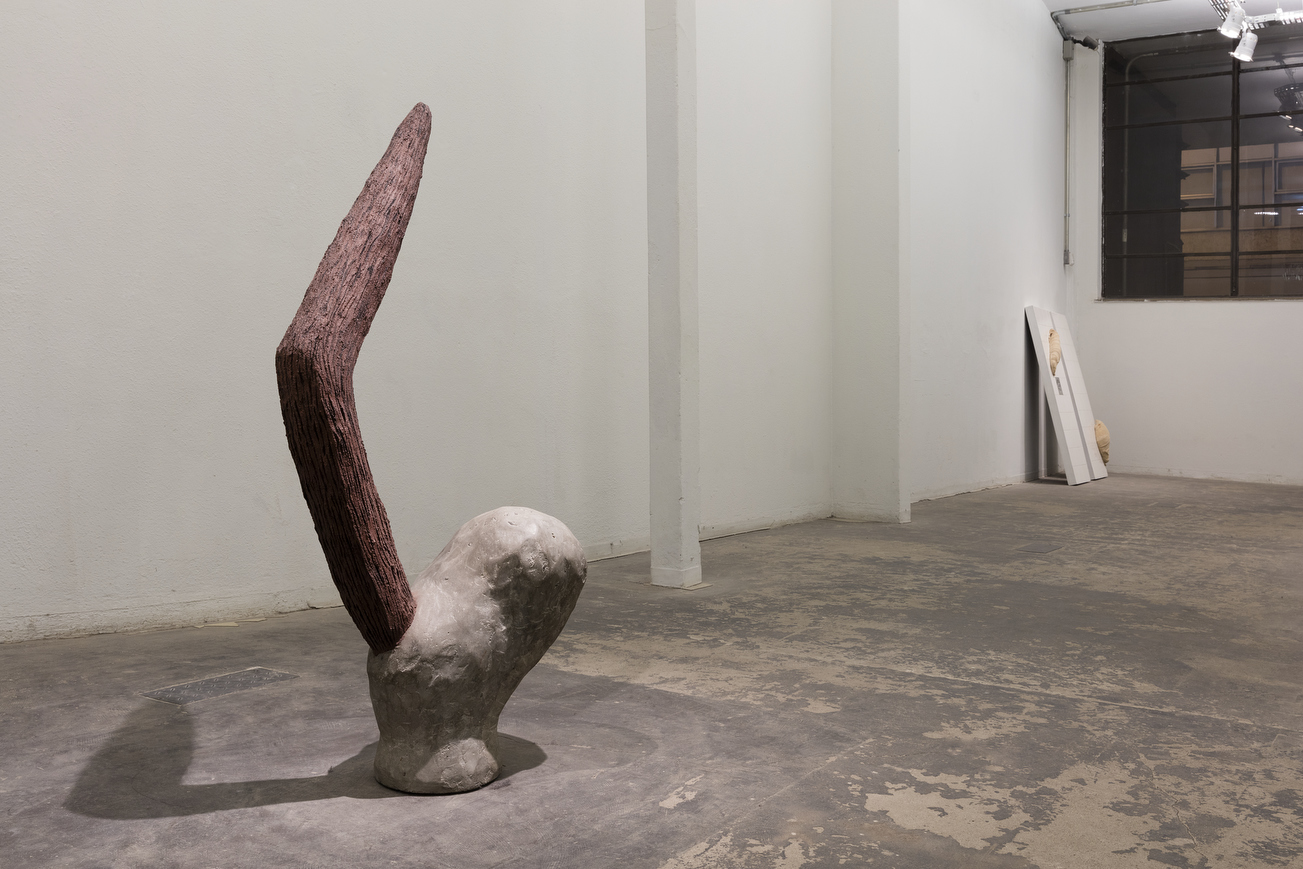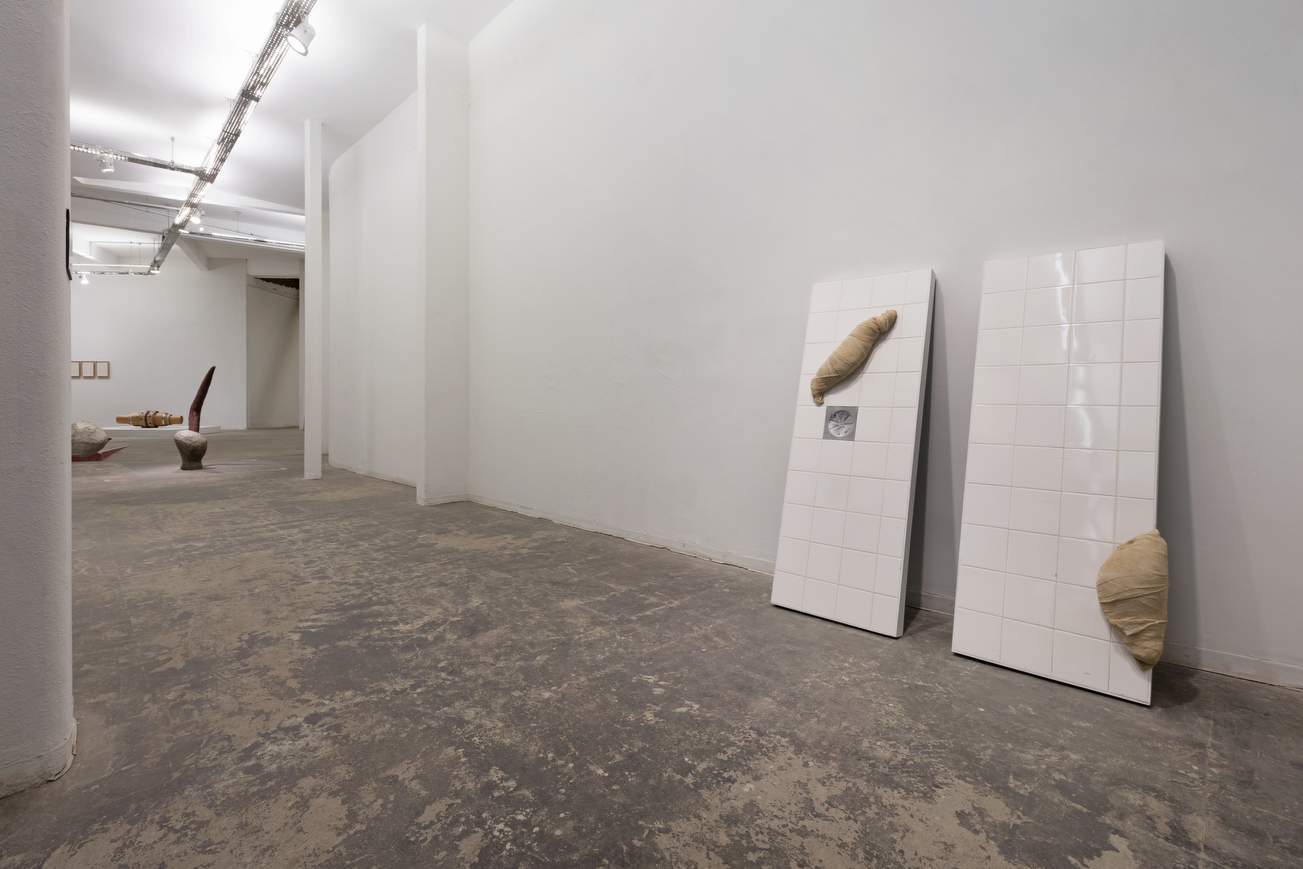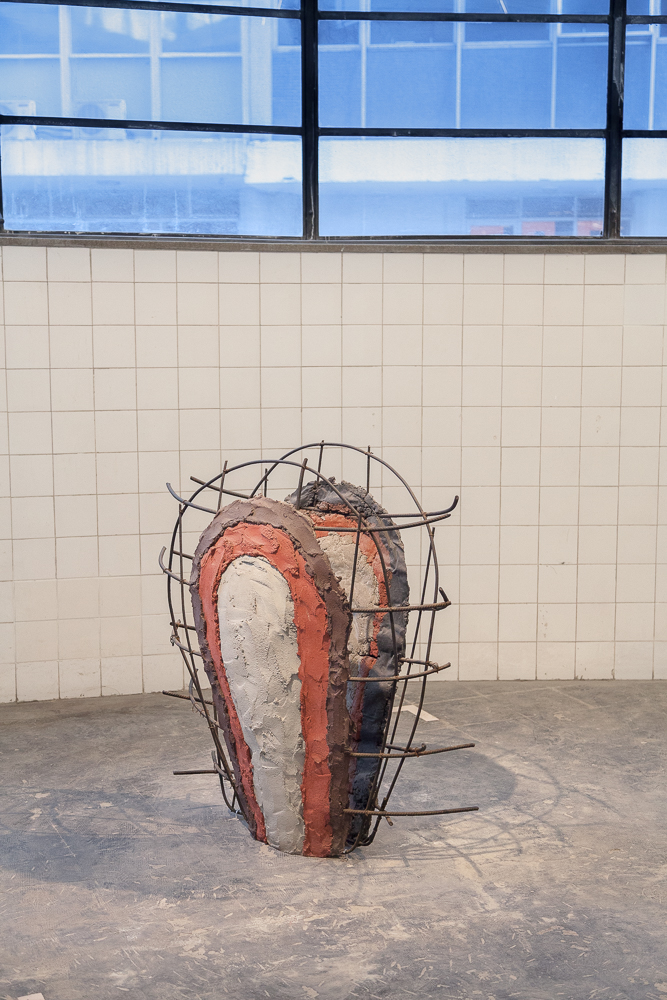
In September, Pivô presents the second edition of the program “Fora da Caixa”. On this occasion, the main exhibition space of the institution will be occupied by a comprehensive survey of Ivens Machado, curated by Kiki Mazzucchelli
The exhibition “Raw of the world” brings together a set of sculptures, videos and drawings focusing on the first two decades of Machado’s production. Known for his sculptural work, in which he uses raw materials typical of popular construction (such as concrete, rebars, broken glasses, etc.), the artist began his career in the 1970s in Rio de Janeiro, having as interlocutors names such as artist Anna Bella Geiger and art critics Fernando Cochiaralle and Paulo Herkenhoff.
Belonging to a generation of artists who came immediately after the groups affiliated to the Brazilian movements of Concretism and Neoconcretism, Ivens Machado chose to forge his own aesthetic path, that found some resistance at the time because it didn’t conform to the established artistic genealogies and the controversial way it dealt with topics such as sexuality and violence.
Still, he can be considered one of the most notorious Brazilian “artists’ artists” and the relevance and influence of his work, especially for the younger generation, is increasingly visible. Many of the works exhibited in “Raw of the world” were produced during the decades of 1970/80, some of which were exhibited only in solo exhibitions in commercial galleries in that period. The exhibition also includes more recent works that had little or none circulation in institutional art spaces. By presenting works from different periods of the artist’s production, “Raw of the world” aims to emphasize Ivens Machado’s work unique character and the formal and critical coherence that runs through all his practice.
Mentioning his encounter with Ivens Machado´s installation exhibited at the 16th São Paulo Biennial (1981) – a large ovoid shape of reinforced concrete studded with glass shards and suspended by steel cables – the art critic Paulo Sergio Duarte writes: “Let’s say that if we could reduce it to the opposition between raw/cooked, we would be in the world of the raw forms.” The title “Raw of the world” chosen by the curator is inspired by this reference.
About Ivens Machado
Ivens Machado (1942-2015) had his work shown in many importante institutions in Brazil and abroad, such as: MAR – Museu de Arte do Rio, Rio de Janeiro, Brazil (2014), Fundação Bienal de São Paulo, São Paulo, Brazil (2013 and 2004), Casa França Brasil, Rio de Janeiro, Brazil (2011), Centro Cultural Hélio Oiticica, Rio de Janeiro, Brazil (2010), Paço Imperial, Rio de Janeiro, Brazil (2007 and 2001), Musée de L’hôtel-Dieu, Mantes-la-Jolie, France (2005), Mercosul Biennial, Porto Alegre, Brazil (2003), Museu de Arte Moderna do Rio de Janeiro, Rio de Janeiro, Brazil (2002), Museu de Arte Moderna de São Paulo, São Paulo, Brazil (2001 and 2000), Pinacoteca do Estado de São Paulo, São Paulo, Brazil (2001 and 1977), Museu de Arte Contemporânea, Curitiba, Brazil (2001), Fundação Caloustre Gulbekian, Lisboa, Portugal (2000), Art Museum of the Americas, Washington D.C., USA (1999), Centro Cultural Banco do Brasil, Rio de Janeiro, Brazil (1998), El Museo del Barrio, New York, USA (1997), Palazzo di Lorenzo, Gibellina, Italy (1997) and PS1, New York, USA (1998), among others.
About Kiki Mazzucchelli
Kiki Mazzucchelli is an independent curator, editor and writer working between London and São Paulo. She is cocurator (with Rocío Aranda-Alvarado, Kathleen Ash-Milby, Pip Day and Pablo León de la Barra) of much wider than a line, Site Santa Fe Biennial (2016-17), New Mexico. Recent exhibition projects include Tonico Lemos Auad’s solo exhibition at Pivô (2015, São Paulo) and Pia Camil, Pablo Helguera and Pedro Reyes at MIMA (2015, Middlesbrough), co-curated with Alix Collingwood-Swinburn. She is a regular contributor to international publications including Art Review (UK), Flash Art (Italy), Frieze (UK), Mousse (Italy) and Terremoto (Mexico).

 Português
Português